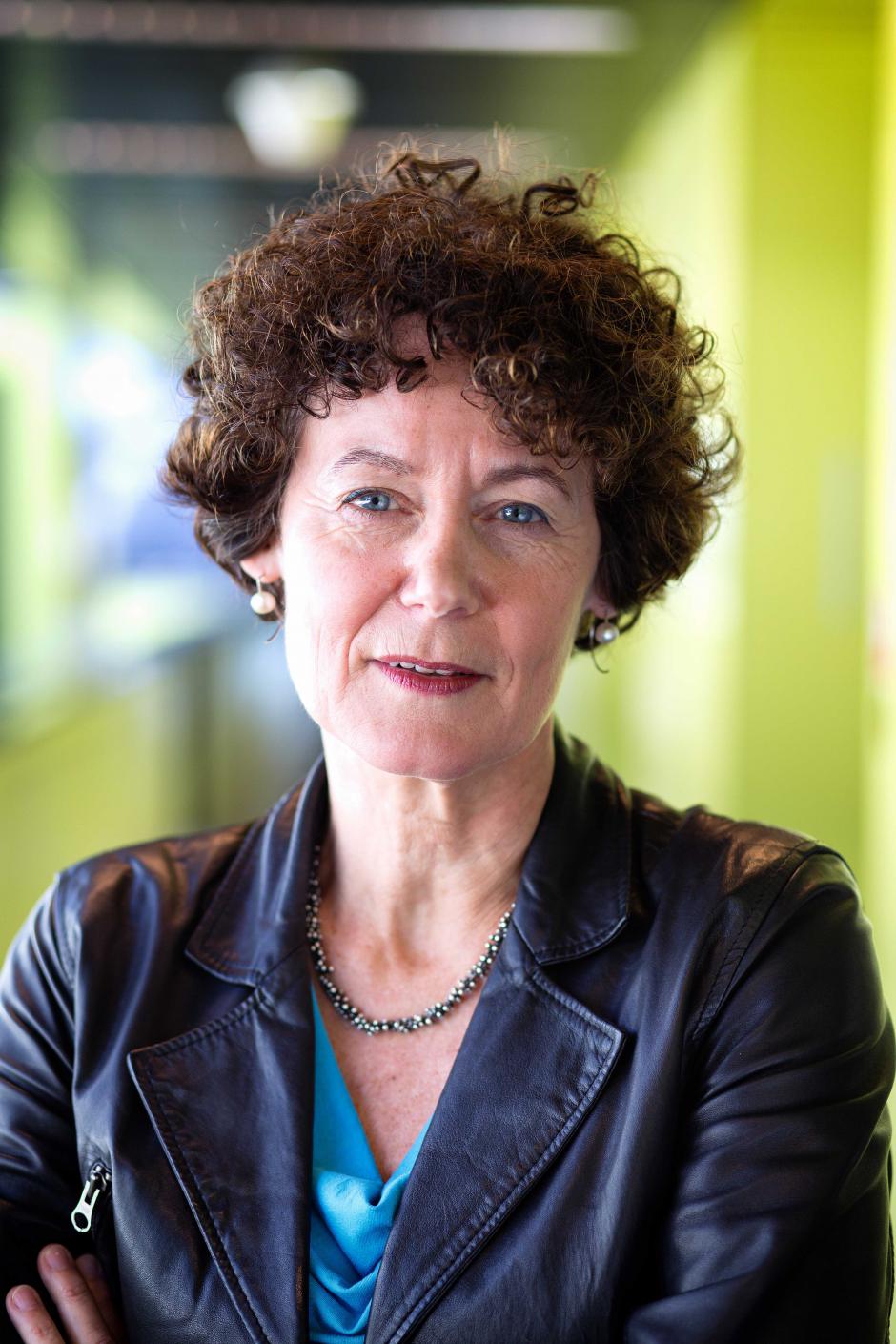
UvA votes for orange governance model
Thirty per cent of the UvA community has chosen for the so-called ‘orange’ model of governance according to the preliminary results of the consultative referendum on the future of the UvA. This means the current governance model will likely remain in place with students and staff playing a larger and more decisive role in the governance of the university. Whereas most students voted for the orange model, most staff members voted for blue.
These results come from the Ruigrok Netpanel office that organised the referendum. A little more than 41.000 people voted with a total of 11.7 per cent of students and 37.4 per cent of staff members. The overall turnout of 15.9 per cent may have gone up to 21.1 per cent had the many students and members of staff that started the large survey completed it.
Four models
The most important part of the referendum, referred to by many as ‘an ordinary survey,’ was to do with choosing one of the four governance models as proposed by the Committee on Democratisation & Decentralisation. The committee had been appointed by the Board of Directors shortly after the student protests that enveloped the university almost two years ago. Each model had been attributed a colour label.
The so called blue model represented the least amount of reform. Instead, it called for quick fixes such as giving more administrative assistance to student councils in order to help improve the democratic legitimisation of the university’s governance structure.
In the orange model, the Board of Directors would still be in a position to make the most important decisions but students and work councils would likely have more co-decision power.
The yellow model was referred to as ‘the participative university,’ with staff and students responsible for the organisation of education and research activities. It provided for a form of self governance for faculties and research departments.

Green versus blue
The green model was the most drastic proposal and the preferred model of most of the activist groups that were involved in the occupation of the Maagdenhuis two years ago. According to this, students and employees would be able to decide on all rules and policy decisions via elected managers and directors.
About one-third of staff voted for the blue model whereas only six per cent of students did so. Almost one-third (31 per cent) of the overall electorate voted for orange. Almost forty per cent of non research related staff supported the blue model whereas this figure was 32 per cent for research staff. The green model was not very popular among staff in general, with only fourteen per cent voting in favour. Among students this percentage was 28. The results show that the UvA community has voted only for a moderate change.
Senate ‘new style’
The results indicate that the Senate ‘new style’ that president Geert ten Dam has previously referred to as a ‘game changer’ will likely be installed. More than seventy per cent of the electorate voted ‘positive’ or ‘very positive’ for this new deliberative and representative forum that will consist of about sixty people from all layers of the university. Whether the members of this new Senate will be elected or appointed is still unknown.
Charter
The UvA electorate has also voted in favour of the so-called Charter in which a number of academic core values will be incorporated into the foundation of university policy and governance. Overall, sixty-five per cent of the electorate was ‘positive’ or ‘very positive’ when asked their opinion on this Charter.
On Wednesday January 25 the Committee on Democratisation & Decentralisation will present its final report on the results of the referendum. This will also be made available online.

